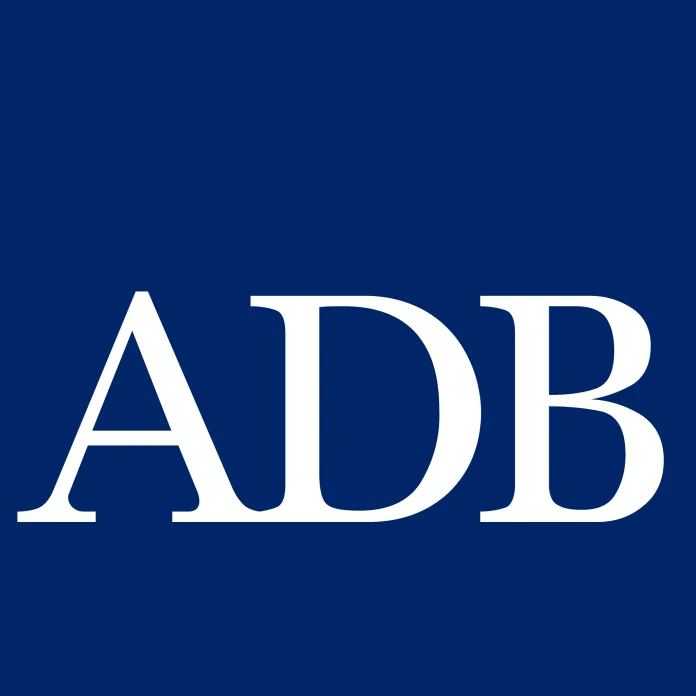Bangladesh’s economy is likely to recover modestly in FY2026, with growth forecast to rise from an estimated 4.0% in FY2025 to 5.0%, propelled by increased consumption, forecasts the Asian Development Bank.
The Manila-based lender made the projection in its flagship publication Asian Development Outlook (ADO) September 2025 unveiled on Tuesday. The Bangladesh economy grew by 4.2% in FY2024,.
Despite resilient garment exports, the subdued growth estimate for FY2025 reflects weak domestic demand, recurrent flooding, industrial labor unrest, persistent inflation, and uncertainties stemming from the country’s ongoing political transition.
“Future growth hinges on improving the business climate to enhance competitiveness and attract investment, along with ensuring reliable energy supplies,” said Hoe Yun Jeong, ADB country director for Bangladesh.
“Challenges such as the impact of new US tariffs, banking sector vulnerabilities, and potential policy slippages could impede progress. Addressing these is critical for achieving stronger and more sustainable growth,” he added.
Inflation and External Position
Inflation is projected to rise slightly to 10.0% in FY2025, up from 9.7% in FY2024, driven by supply chain disruptions, weak competition in wholesale markets, limited market transparency, and currency depreciation.
However, the current account balance is expected to register a modest surplus of 0.03% of GDP in FY2025, a sharp turnaround from a 1.5% deficit in FY2024, supported by a narrowing trade gap and steady remittance inflows.
Outlook for FY2026: Modest Recovery Ahead
Looking ahead to FY2026, the ADB forecasts a gradual economic rebound, with growth expected to be led by private consumption, bolstered by strong remittance flows and election-related fiscal spending.
However, investment activity is likely to remain subdued, constrained by tight monetary and fiscal policies and elevated investor caution. The global trade environment also poses risks, with Bangladesh facing a 20% US tariff on its exports and increasing competition in the European Union, potentially forcing exporters to cut unit prices to remain competitive.
On the supply side, the services sector is expected to expand, supported by improved household purchasing power. Agricultural output is likely to normalize, assuming favorable weather and effective government interventions. However, industrial growth may slow, particularly in export-oriented sectors affected by external trade pressures.
As one of the region’s leading development partners, ADB continues to support Bangladesh in achieving inclusive, sustainable, and resilient growth. Through innovative financing, strategic partnerships, and a focus on infrastructure and institutional reform, ADB works with its 69 member countries—including 49 from the Asia-Pacific region—to address development challenges and drive transformation.

